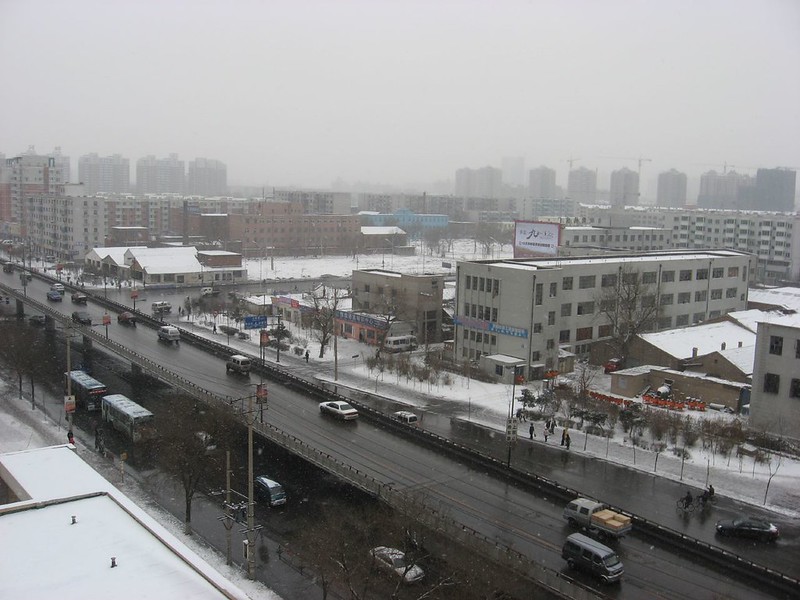A scientific group has proposed adding thermal solar panels to air source heat pumps while using grid heating to keep temperatures stable at night. The group has modeled a system that could reportedly achieve a coefficient of performance of 10.11 and represent an optimal solution for cold climates.
Researchers from China’s Shenyang Jianzhu University have proposed a new heating system for extremely cold areas, based on solar-air heat pumps (SASHPs) and the support of the heating network. The coupled heating system with solar air heat pump based on the heat network (NH-SASHP) uses the heat network as a supporting load, keeping the heating low at night and reducing the electricity load on the heat pump in periods of high heating demands.
“In the adoption of clean energy heating, the development of low-carbon winter heating supply in extremely cold regions of China is hampered by the stability of heat sources,” the group said. “To ensure the smooth transformation from traditional energy to clean energy heating modes, the feasibility of a heating system linking traditional and clean energy was studied using the heating system of an office building in a cold region of China as a research object.”
The research began by examining the use of the system in a real office building in Shenyang, Northeast China. Currently, an air source heat pump (ASHP) is used to heat the 236 m2 building to a temperature of 20 C. When analyzing the performance of the ASHP in the coldest month of January, when the average temperature is -12.23 C, the academics found that two of the three floors did not reach the target temperature of 20C.
“There were three reasons why the heating temperature did not meet design requirements,” the group pointed out. “The first is insufficient capacity of the ASHP equipment, the second is no heating at night, and the third is that the heating capacities of the ASHPs were significantly affected by the ambient temperature.”
To solve these problems, the team proposed an NH-SASHP setup, simulated using the TRNSYS software based on data collected from the building. The ASHP has a maximum heating power of 15 kW, a maximum input power of 5.19 kW and a maximum coefficient of performance (COP) of 3.66. It was simulated that the central heating would have a heat load of 30 kW and a heat exchange area of 0.7 m2. The solar thermal collector had a surface area of 127 m2 and the water storage tank had a capacity of 1 m3.
The system is configured to use the ASHP when the room temperature drops below 20°C. When the temperature difference between the inlet and outlet of the solar collector exceeds 8°C, it also comes into action and stops when the difference falls below 2°C. would come into effect mainly at night, when the room temperature drops below 16°C, and would stop once the room temperature reaches 18°C. The system was encouraged to operate during the heating months, when the average outdoor temperature is -5.39 C, and the solar radiation intensity is 1004.48 kJ/h/m2.
“The total electricity consumption of the NH-SASHP system during the heating season was 4,629.82 kWh. Compared to the ASHP and SASHP systems, it reduced 4,779 kWh and 2,463.73 kWh, respectively, and the energy efficiency reached 50.79% and 34.73%, respectively,” the scientists said. “The solar contribution varied between 35.47% and 64.85%, and the greater the solar contribution, the greater the improvement in the COP of the NH-SASHP system.”
The results showed that the COP of the proposed system ranged from 4.25 to 10.11. In March, the COP of the NH-SASH system showed the largest lifting range, 166.75% higher than that of the ASHP system. According to the findings, the operating cost of the NH-SASHP was CNY 7,568 ($1,045), which is approximately 72.3% of an ASHP system and 81.5% of a SASHP system.
The system was presented in “Research into a coupled heating system with a solar air source based on a heating network in extremely cold regions of China”, published in Energy and Built Environment.
This content is copyrighted and may not be reused. If you would like to collaborate with us and reuse some of our content, please contact: editors@pv-magazine.com.

